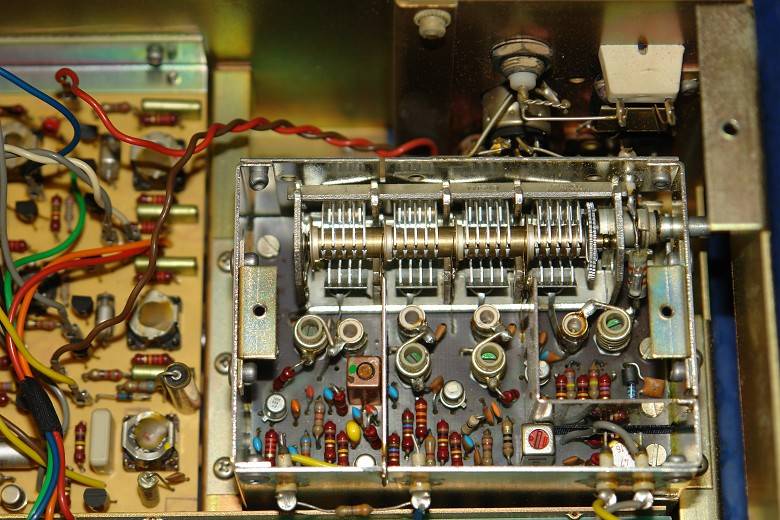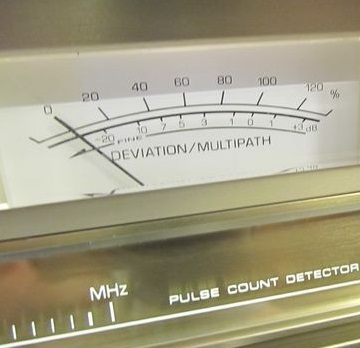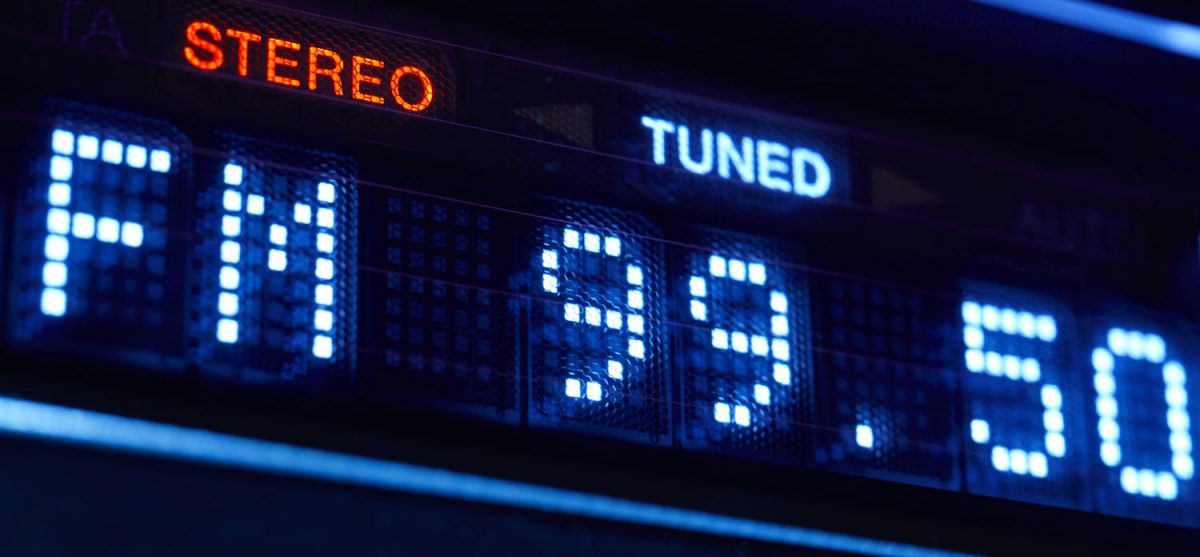FM
Frequency modulation (FM), as we know it for sound broadcasting in Hi-Fi, was developed by Edwin Howard Armstrong. With FM, the audio signal to be transmitted modulates the carrier frequency instead of modulating the amplitude as with AM. He showed in 1933 that FM transmission of audio signals rejects the noise created by thunderstorms, lightning and electrical sparks (e.g., car ignition) much better than AM.
The first FM sound transmissions were done in mono. The FM transmission system offers a higher audio quality, is much more robust, and less susceptible to interference than AM. The mono FM system is designed so that high audio quality can be achieved even at low antenna reception levels. For a given transmitting power, FM achieves a greater coverage area than AM. These are some arguments that have supported a replacement of AM by FM.
FM sound broadcasting was introduced in the U.S.A. in the late 1930s. The FM frequency bands used worldwide today range from 65.8 – 108.0 MHz. Channel spacing is usually 100 kHz or 200 kHz.
The FM-stereo system

In 1961 the FM transmission system was extended to the stereo mode. The FCC chose the proposals of GE / Zenith as the FM-Stereo transmission standard. Recommended by the International Telecommunications Union (ITU) the standard ITU-R BS.450 has gained worldwide usage. Great emphasis has been placed on backward compatibility, i.e. existing FM mono receivers can receive the mono signal from a stereo station with negligible quality limitations. Nowadays almost all stations transmit in stereo. The further development of the receiver technique has led to low-cost and low-power solutions.
To receive a stereo signal a significantly higher reception level is required to compensate for losses in the audio SNR compared to mono reception.
Radio frequency management and network planning as prerequisites for good FM coverage
The demand for FM stations is growing as the number of program providers rises. The target areas for listeners and for advertising are scalable. Local, regional and wide area coverages are possible. As a consequence, the FM band is used more effectively and the frequency spectrum gets denser. Regulatory action in terms of frequency/network planning is needed to maximize the system capacity while minimizing interference. A prerequisite therefore is the compliance of the FM transmitters maximum deviation of +/-75 kHz or +/- 50 kHz and a maximum MPX power recommended by the ITU standards. With network planning a service area of a transmitter can be protected against interference from other FM signals of the same or adjacent frequencies. For technological reasons, the mono service area is greater than with stereo.
The FM coverage of the population is still being expanded in several countries.
A brief description of network planning methods can be found here.
Requirements for changed terms of use
While in the early years of FM-Stereo reception a roof antenna was common, today reception antennas in short design are common, sometimes even integrated into the receiver housing. Reception has become mobile. Every car has a radio and portable devices such as smartphones with FM receivers are widely used. Mobile receivers in particular struggle with low reception levels and a fluctuation in reception quality, especially with stereo. Modern receivers are able to cope with this, and the reception interference is kept at an acceptably low level.
Attempts and improvements since 1961
Several attempts has been made to improve the quality of stationary or mobile mono and stereo reception. Among the developments to be mentioned are:
Transmitter and receiver side:
- Dolby FM (1971)
- High Com FM (1980)
- RDS (AF) (1984)
- FMX (1989)
- SSBSC (white paper 1 white paper 2) (2010)
Transmitter side only:

- Multipath Mitigation (white paper) (2017)
Receiver side only:
- impulse suppression, variable IF-bandwidth, stereo blend, hi blend, volume reduction or muting at low SNR
- threshold extension
- diversity reception
It turned out that only downward compatible changes could be established.
Digitalisation has entered all areas of the transmission chain and has led to low-maintenance components of high transmission quality. However, in the current situation, the gap in SNR between stereo and mono reception cannot be closed without neglecting other quality parameters.
